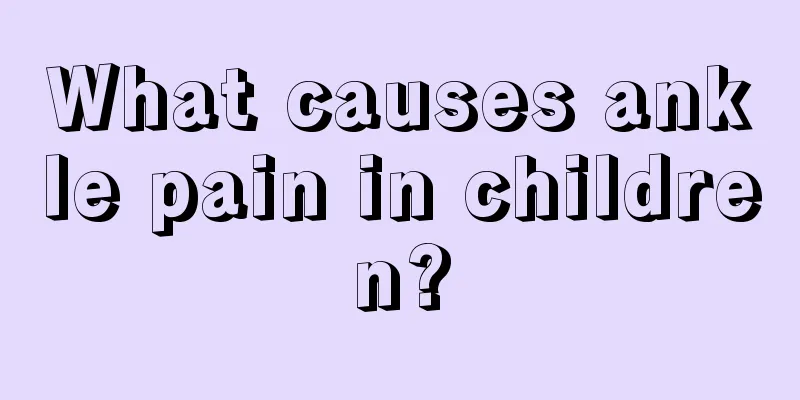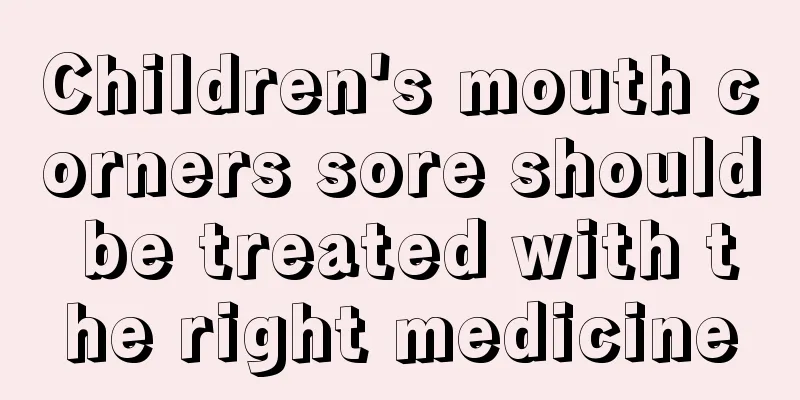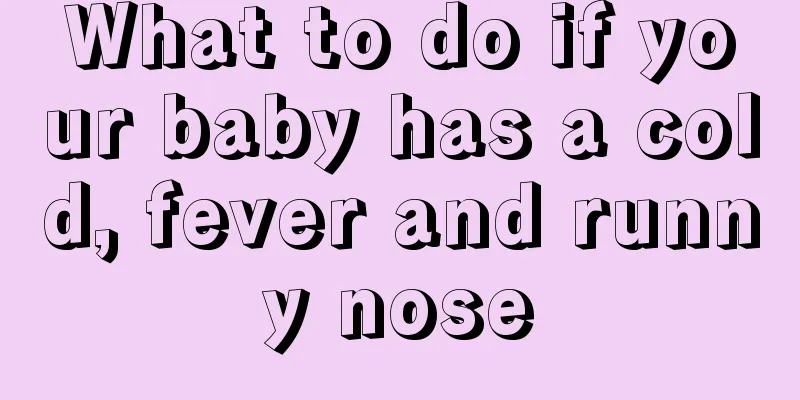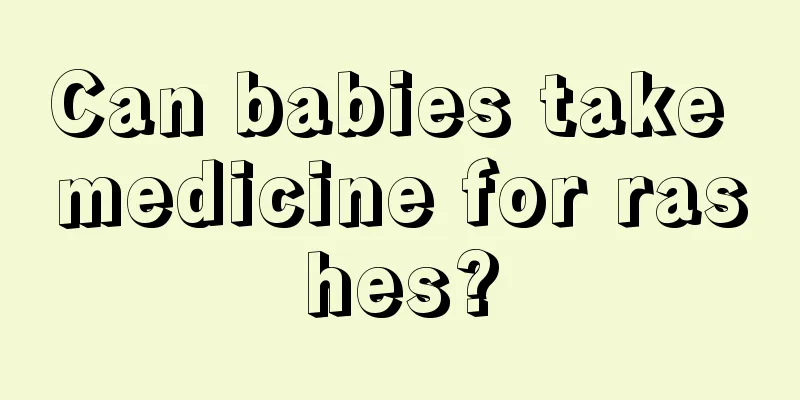What are the treatments for strabismus in children?

|
Strabismus refers to the inability of both eyes to focus on the target at the same time, which is a disease of the extraocular muscles. It can be divided into two categories: concomitant strabismus and paralytic strabismus. The main clinical features of the former are eye deviation to the temporal side, no eye movement disorder, and no diplopia; while paralytic strabismus has restricted eye movement, diplopia, and systemic symptoms such as dizziness, nausea, and unstable gait. Regarding the treatments for strabismus in children, I have summarized the following points for everyone to learn about together! 1 Surgical treatment is to adjust the strength of the external eye muscles and the position of their attachment points to return the eye position to normal. Congenital esotropia and strabismus usually require surgical treatment. Non-accommodative and large strabismus also usually needs to be corrected by surgery. 2 Non-surgical treatment: If it is accommodative esotropia, it can be corrected by wearing appropriate hyperopia glasses or bifocals. If there is moderate or high refractive error, glasses are often needed for correction. In addition, axial correction training can be used to help restore the binocular single vision function of both eyes and increase the ability of image fusion. 3 You can use a synoptophore, binocular single vision rehabilitation device, or a visual axis correction training machine for training, or wear prism lenses, etc. If there is also amblyopia, training the amblyopia with amblyopia treatment instruments is also an indispensable treatment. The above is an introduction to the treatment methods for strabismus in children. I believe that you will have a certain understanding after reading it. The causes of strabismus are complicated. In addition to targeting the causes and surgical treatment, modern Western medicine has no ideal method for those with unknown causes. A considerable number of infants and young children suffer from pseudoesotropia, which appears to be crossed or cross-eyed. This is because the bridge of the nose of infants and young children is wide and flat, covering part of the inner canthus (commonly known as wide eye corners). The two black eyeballs seem to be concentrated in the center, and the white eyeballs on the outside of the cornea are exposed more than the inside, giving the illusion of esotropia. |
<<: Is it normal for babies to poop after feeding?
>>: What is Hirschsprung's disease in children?
Recommend
What can’t babies with enteritis eat? These foods should be avoided
If your baby suffers from enteritis, what he eats...
What happens if my child suddenly has stomach pain?
Nowadays, many families have only one child, and ...
Reasons why a 1-year-old baby cries before going to bed
Babies over one year old are very difficult to ta...
What should I do if my son has poor digestion?
Since children usually eat a variety of foods, th...
What causes a child's face to get hot?
Children's immunity is low, especially now th...
The baby suddenly has cramps and rolls his eyes. What's going on?
We know, when it comes to babies. As parents, we ...
Young children with slurred speech
When a child reaches the age where he can speak, ...
What to do if your child walks with a hunchback
In today's society, children are the focus of...
What are the dangers of precocious puberty in children?
Precocious puberty is generally a characteristic ...
What should I do if my child with cerebral palsy drools?
Cerebral palsy is a relatively serious disease, a...
Why are baby's gums white?
Many parents will notice that their baby’s gums a...
What are the manifestations of mental retardation in babies?
Every year, some mentally retarded babies are bor...
Café au lait spots must be neurofibroma
There are many skin diseases on the human body, o...
What fruits are good for children to eat in winter?
Children's physical growth and development is...
What can’t a 1-year-old baby eat? These foods must be avoided
For a one-year-old baby, the digestive system is ...









